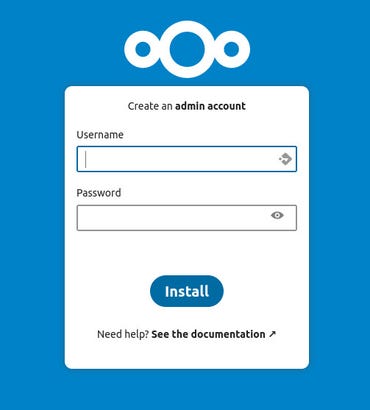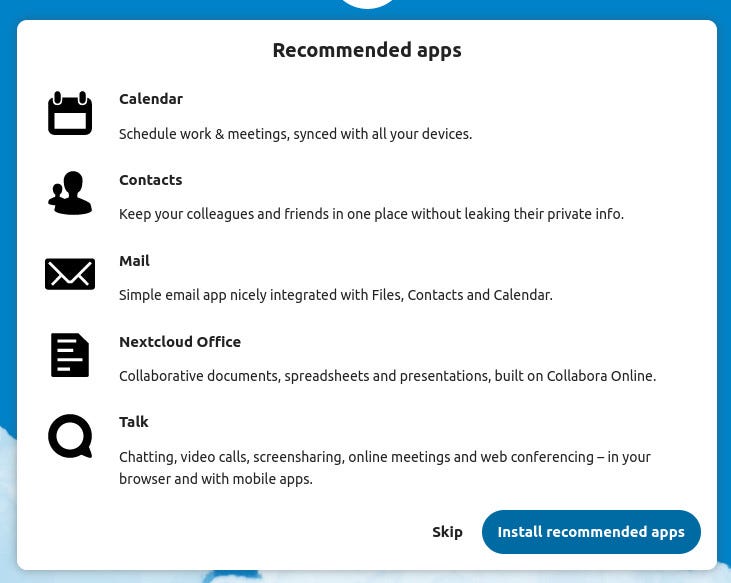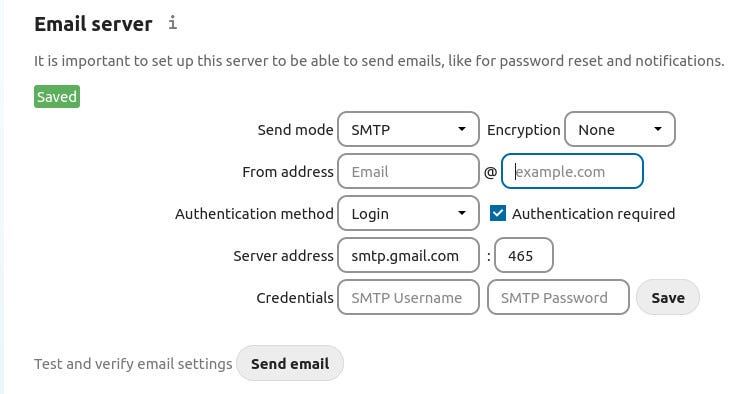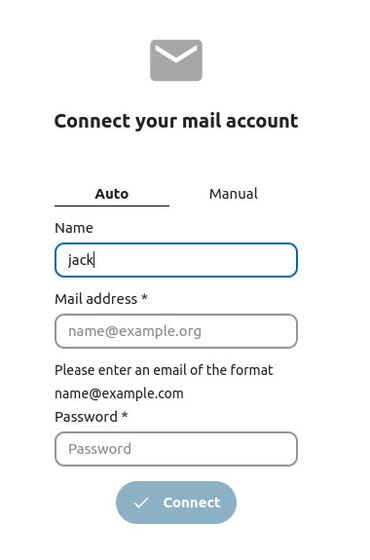I recently wrote an opinion piece on the most important reason you should be using Linux at home.
Ultimately, it’s about protecting your data from third-party services and being able to extend the apps, services, and tools you have, without having to break the bank or get an IT degree.
You may not know Linux, or you may think it’s too complex for you. For those who have never heard of Linux, know that it is a free operating system that you can install on computers (or in the form of virtual machines) and which is more powerful, more flexible , more reliable and secure than Windows or macOS.
And Linux is everywhere. It not only works on computers, but also on IoT devices, smart devices, home appliances, automobiles, etc.
Here I want to show you how to install Nextcloud on-premises cloud host. Think of it as your very own Google workspace, complete with documents, storage, calendar, email, and more.
You are ready ?
The necessary
To successfully install Nextcloud, you will need an Ubuntu Server instance on your home network. Fear not, because I already explained how to do this in less than 30 minutes. With this server running, you will need a user with sudo privileges (which you created during the OS installation).
1. Connect to Ubuntu Server
The first thing you need to do is connect to your Ubuntu server instance, which will take you to the terminal window.
2. Install Nextcloud with snap
To install Nextcloud, run the command:
sudo snap install nextcloud
3. Find your server’s IP address
Nextcloud’s command-line installation should go smoothly and complete in less than a minute. Next, find your server’s IP address with the command:
ip has
4. Access the web installer
With the web browser go to the address http://SERVER (where SERVER is the IP address of your Ubuntu server).
5. Create an admin user
In the page that opens, type a new username and password that will be used as an administrator.

Screenshot by Jack Wallen/ZDNET.
6. Install Recommended Apps
In the window that appears, click Install recommended apps to add apps Calendar, contacts, Email, Nextcloud Office And Talk (you can add more later). This installation will take a little longer (less than 5 minutes).
Let the installation complete and you will see the Nextcloud Hub appear, from where you can access all the pre-installed apps and start using your internal cloud service.

Screenshot by Jack Wallen/ZDNET.
Next steps with Nextcloud
Once the installation is complete, you can start using Nextcloud as is. However, I suggest you at least configure the mail server settings, so you can share and collaborate on files. To configure the mail server, you will first need an SMTP server (server for sending e-mails). You can still use Google’s SMTP server, the settings of which are as follows:
- SMTP server: smtp.gmail.com
- Port : 465
- From email address: your Gmail address
- Password : your Gmail password (or app password, if you use two-factor authentication with Gmail)
To configure the SMTP server, click on your Nextcloud profile icon at the top right of the window and, in the drop-down list, click on Admin Settings. In the left sidebar, click Basic settingsthen, scroll down the next window until you see the section Mail server. Fill in the options as shown above and click Register. After finished, send an email to make sure everything is working.

Screenshot by Jack Wallen/ZDNET.
Once you’ve taken care of the SMTP server settings, click the Mail icon at the top of the window. When prompted, fill in the necessary information for your email account, then click Connect.

Screenshot by Jack Wallen/ZDNET.
Once this step is complete, your Nextcloud instance can do just about anything your other cloud services can offer…all while staying within your home network. Even with Ubuntu Server installed, you should be able to complete this process in less than an hour. Believe me when I tell you that the time invested will be worth it.
Source: ZDNet.com
